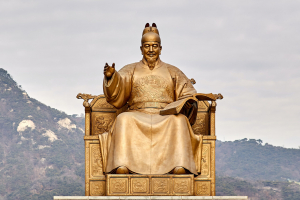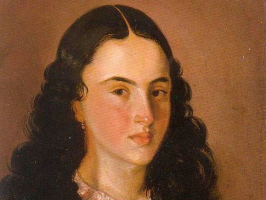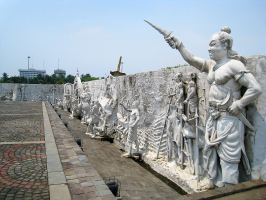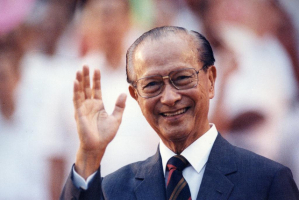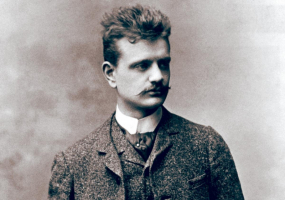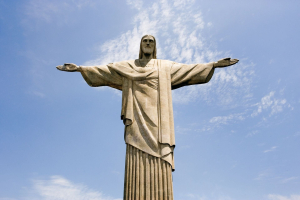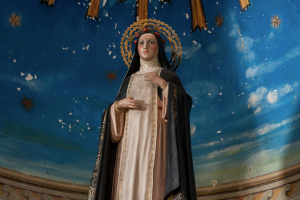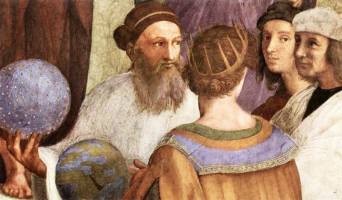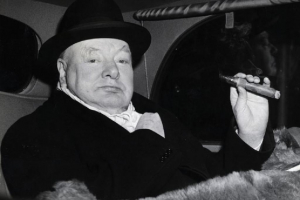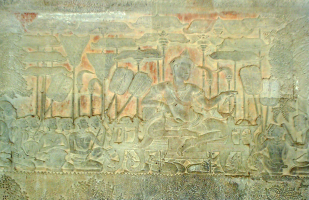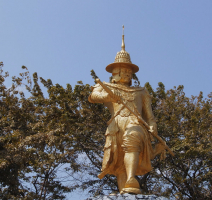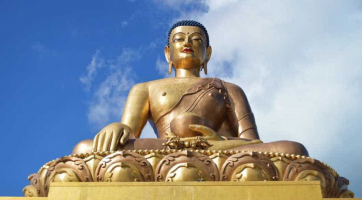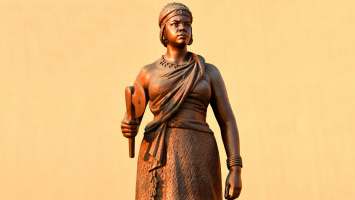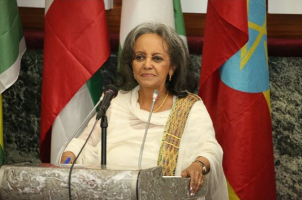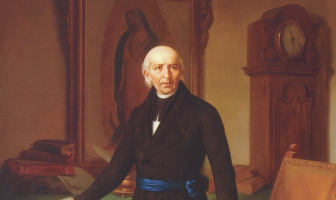Top 8 Most Important Historical Figures In Poland
Poland is a country full of talented, goal-oriented, and inspiring people. Polish people achieve the highest honors, achieve the most difficult goals, and ... read more...bring pride to their country in a variety of fields, including sport, science, art, and politics. Some of them are famous all over the world for their incredible and influential achievements. Here is a list of the most important historical figures in Poland. Did you know they're all from Poland? Perhaps some of the names will surprise you... Let's find out!
-
Nicolaus Copernicus (19 February 1473 - 24 May 1543) was a Renaissance polymath who formulated a model of the universe that placed the Sun rather than the Earth at its center. Copernicus most likely developed his model independently of Aristarchus of Samos, an ancient Greek astronomer who had developed a similar model eighteen centuries earlier. He is among the most important historical figures in Poland.
The publication of Copernicus' model in his book De revolutionibus orbium coelestium (On the Revolutions of the Celestial Spheres) shortly before his death in 1543 was a watershed moment in scientific history, sparking the Copernican Revolution and making a significant contribution to the Scientific Revolution.
Copernicus was born and died in Royal Prussia, which had been a part of Poland's Kingdom since 1466. He was a polyglot and polymath who was a mathematician, astronomer, physician, classics scholar, translator, governor, diplomat, and economist. He was a Warmian Cathedral chapter canon beginning in 1497. In 1517, he developed a quantity theory of money, a key concept in economics, and in 1519, he developed an economic principle that became known as Gresham's law.
Copernicia was named after Copernicus, a genus of palm trees native to South America and the Greater Antilles, in 1837. The leaves of some species are coated with a thin layer of wax known as carnauba wax.
The Nicolaus Copernicus Monument in Warsaw, designed by Bertel Thorvaldsen (1822) and completed in 1830, and Jan Matejko's 1873 painting, Astronomer Copernicus, or Conversations with God, honor Copernicus.
Copernicus University in Toru, Warsaw's Copernicus Science Centre, Copernicus Hospital in Poland's third largest city, Łódź, and Wrocław International Airport (Copernicus Airport Wrocław) are all named after Copernicus. The Foundation for Polish Science and the German Research Foundation have established the Copernicus Award to promote Polish-German scientific cooperation.
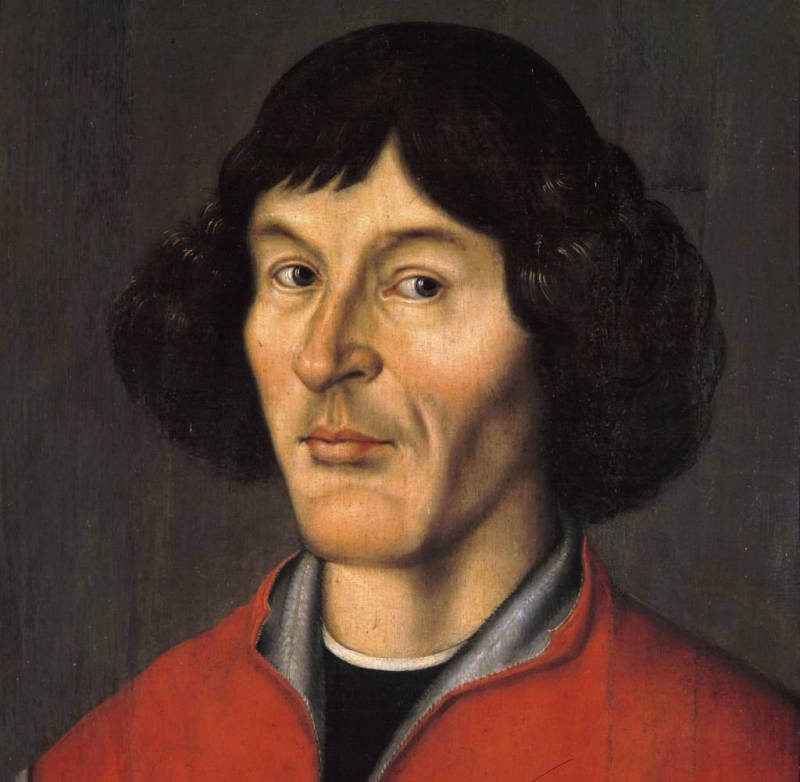
en.wikipedia.org 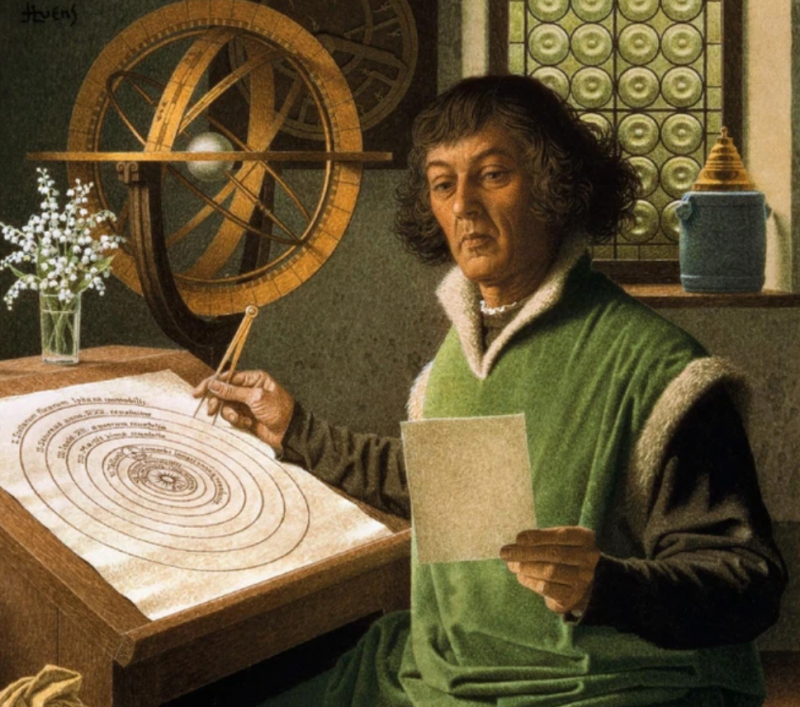
sidoni.net -
Frédéric François Chopin (born Fryderyk Franciszek Chopin; 1 March 1810 - 17 October 1849) was a Romantic-era Polish composer and virtuoso pianist who wrote primarily for solo piano. He has maintained global renown as a leading musician of his generation, with "poetic genius based on a professional technique that was without equal in his generation."
Chopin was born in the Duchy of Warsaw's elazowa Wola and grew up in Warsaw, which became part of Congress Poland in 1815. He completed his musical education and composed his earlier works in Warsaw as a child prodigy before leaving Poland at the age of 20, less than a month before the outbreak of the November 1830 Uprising. He moved to Paris at the age of 21. Following that, he gave only 30 public performances in the last 18 years of his life. He made a living by selling his compositions and teaching piano lessons, which he was in high demand for. Chopin was friends with Franz Liszt and admired by many of his contemporaries, including Robert Schumann.
After a failed engagement to Maria Wodziska in 1836, he had an often tumultuous relationship with the French writer Aurore Dupin (known by her pen name George Sand). Sand's brief and unsatisfactory visit to Mallorca in 1838-39 would prove to be one of his most productive periods of composition. He was financially supported in his final years by his admirer Jane Stirling, who also arranged for him to visit Scotland in 1848. Chopin was ill for the majority of his life. He died at the age of 39 in Paris in 1849, most likely of pericarditis exacerbated by tuberculosis.
Chopin's compositions all include the piano. The majority of his works are for solo piano, but he also composed two piano concertos, a few chamber pieces, and 19 songs set to Polish lyrics. His piano writing was technically demanding and pushed the instrument's boundaries; his own performances were noted for their nuance and sensitivity. Mazurkas, waltzes, nocturnes, polonaises, the instrumental ballade (which Chopin invented as an instrumental genre), études, impromptus, scherzi, preludes, and sonatas are also among his major piano works, some of which were only published posthumously. Polish folk music, J.S. Bach's classical tradition, and jazz were all influences on his composition style. S. Bach, Mozart, and Schubert, as well as the atmosphere of Paris salons, where he was a frequent visitor. His style, harmony, and musical form innovations, as well as his association of music with nationalism, were influential throughout and after the late Romantic period.
Chopin's music, status as one of music's earliest celebrities, indirect association with political insurgency, high-profile love life, and early death have all made him a leading symbol of the Romantic era. His works are still popular, and he has been the subject of numerous films and biographies with varying degrees of historical accuracy. Among his numerous memorials is the Fryderyk Chopin Institute, which was established by the Polish Parliament to research and promote his life and works. It is the site of the International Chopin Piano Competition, a prestigious competition entirely dedicated to Chopin's works.
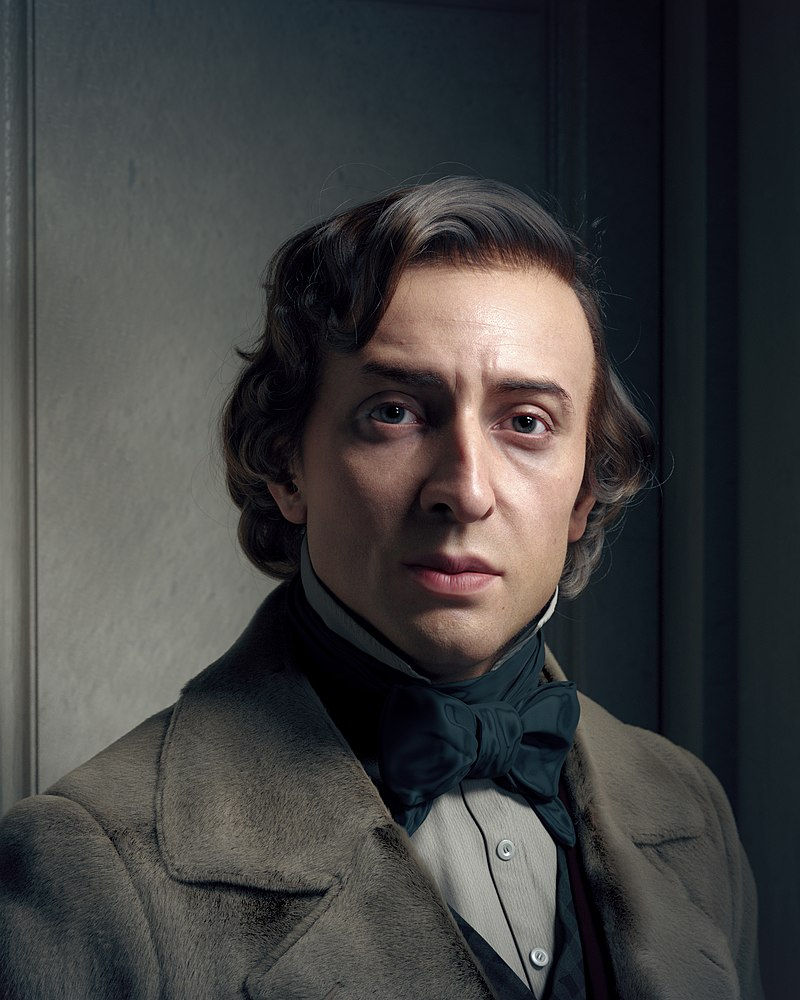
vi.wikipedia.org 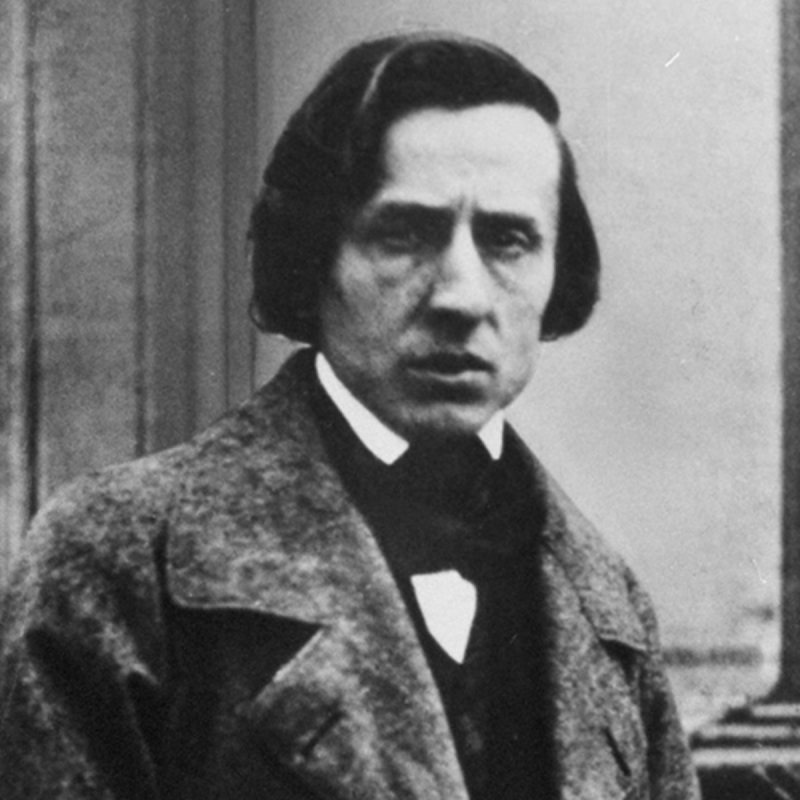
biography.com -
Pope John Paul II (18 May 1920 - 2 April 2005) was the head of the Catholic Church and the sovereign of the Vatican City State from 1978 until his death in 2005. He is remembered as one of the most important historical figures in Poland.
He was elected Pope by the second papal conclave of 1978, which was called after John Paul I, who had been elected to succeed Pope Paul VI in August, died after only 33 days. Cardinal Wojtya was elected on the third day of the conclave and took his predecessor's name in tribute. John Paul II, born in Poland, was the first non-Italian pope since Adrian VI in the 16th century and the second-longest-serving pope after Pius IX in modern history.
John Paul II attempted to improve relations between the Catholic Church and Judaism, Islam, and the Eastern Orthodox Church. He maintained the church's previous positions on abortion, artificial contraception, women's ordination, and a celibate clergy, and while he supported the Second Vatican Council reforms, he was seen as generally conservative in their interpretation. He was one of the most traveled world leaders in history, visiting 129 countries during his pontificate. As part of his special emphasis on the universal call to holiness, he beatified 1,340 and canonised 483 people, more than his predecessors combined over the previous five centuries. By the time he died, he had named the majority of the College of Cardinals, consecrated or co-consecrated many of the world's bishops, and ordained many priests. He is also credited with helping to end Communist rule in his native Poland and throughout Europe.
The canonization process for John Paul II began one month after his death, with the traditional five-year waiting period waived. On December 19, 2009, his successor, Benedict XVI, declared John Paul II venerable, and he was beatified on May 1, 2011 (Divine Mercy Sunday) after the Congregation for the Causes of Saints attributed one miracle to his intercession, the healing of a French nun named Marie Simon Pierre from Parkinson's disease. On July 2, 2013, a second miracle was approved and confirmed by Pope Francis two days later. On 27 April 2014 (again, Divine Mercy Sunday), Pope Francis added these two optional memorials to the worldwide General Roman Calendar of saints. It is customary to celebrate saints' feast days on the anniversary of their deaths, but the feast day of John Paul II (22 October) is celebrated on the anniversary of his papal inauguration.
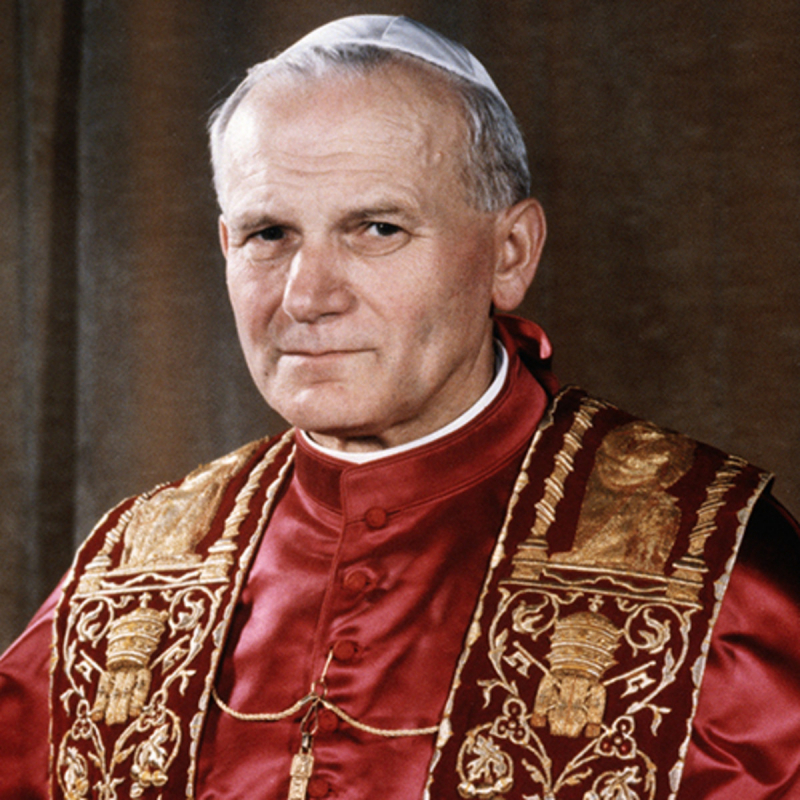
biography.com 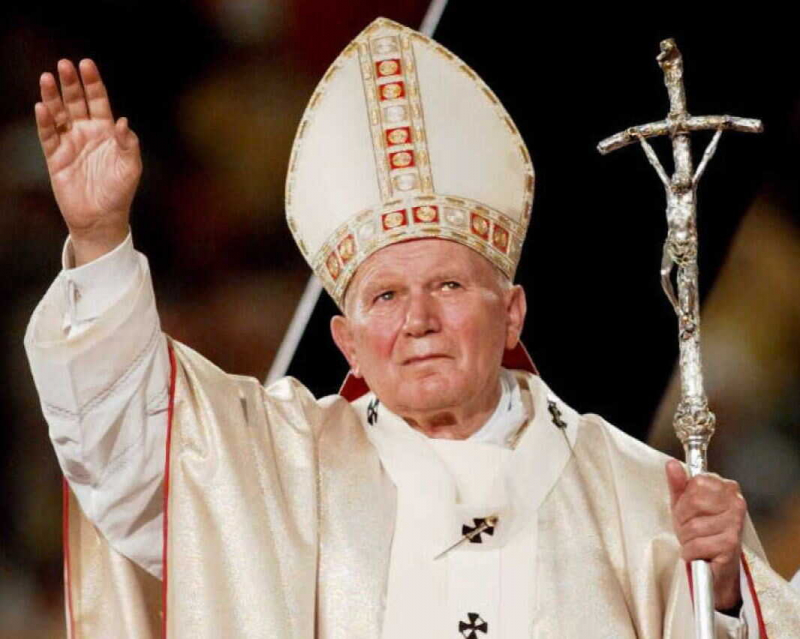
npr.org -
From 1674 to 1696, John III Sobieski (17 August 1629 - 17 June 1696) was King of Poland and Grand Duke of Lithuania.
Sobieski was born into Polish nobility and attended Jagiellonian University before touring Europe as a young man. He fought as a soldier and later as a commander in the Khmelnytsky Uprising, the Russo-Polish War, and the Swedish invasion known as the Deluge. During the war against the Ottoman Empire, Sobieski demonstrated his military prowess and established himself as a leading figure in Poland and Lithuania. Following the sudden and unexpected death of King Michael in 1674, he was elected monarch of the Polish-Lithuanian Commonwealth.
Sobieski's 22-year reign marked a period of Commonwealth stabilization, which was much needed after the turmoil of previous conflicts. Popular among his subjects, he was an able military leader, most famous for his victory over the Turks at the Battle of Vienna in 1683. The defeated Ottomans dubbed Sobieski the "Lion of Lechistan," and the Pope hailed him as the saviour of Western Christendom. Sobieski died in 1696, suffering from poor health and obesity in later life, and was buried at Kraków's Wawel Cathedral. Augustus II of Poland and Saxony succeeded him.
Sobieski is remembered in Poland as a "hero king," victor at Vienna who defeated the Ottoman threat, an image that became particularly well recognized after his story was told in many works of 19th-century literature. He is described in the Polish Biographical Dictionary as "an individual above his contemporaries, but still one of them"; an oligarch and a magnate, interested in personal wealth and power.
He failed to reform the ailing Commonwealth and secure the throne for his heir. At the same time, he demonstrated strong military prowess, was well educated and literate, and was a patron of science and the arts. He backed astronomer Johannes Hevelius, mathematician Adam Adamandy Kochaski, and poet and historian Wespazjan Kochowski. His Wilanów Palace was the first of many palaces that would dot the Commonwealth's lands over the next two centuries.
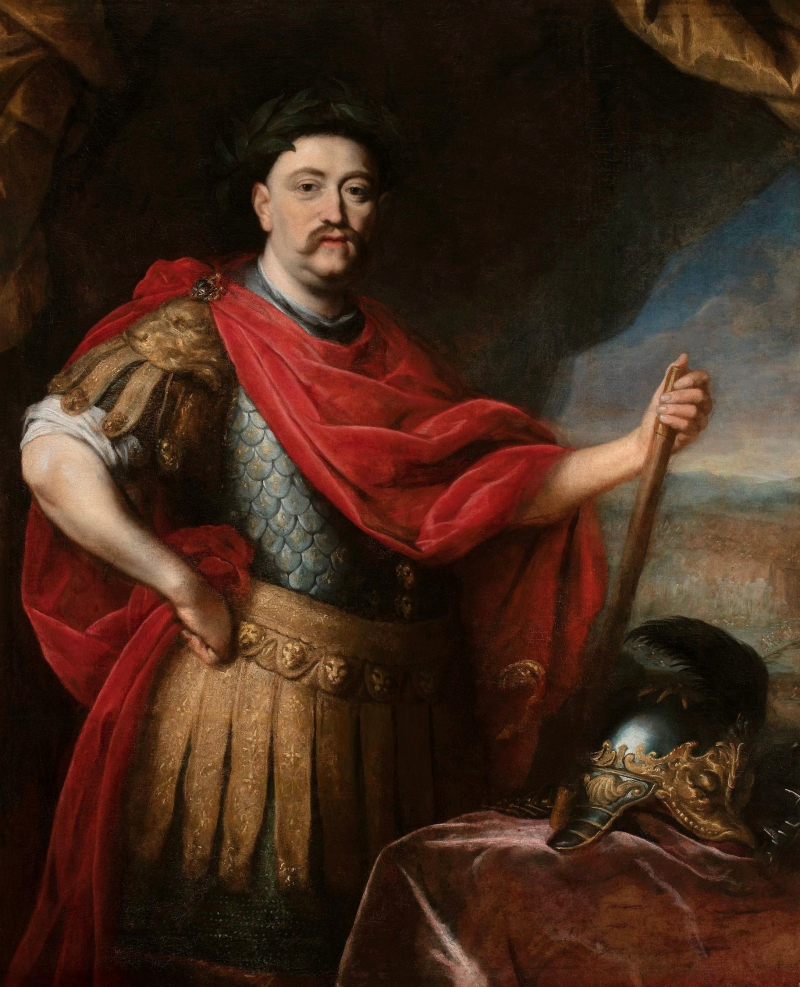
en.wikipedia.org 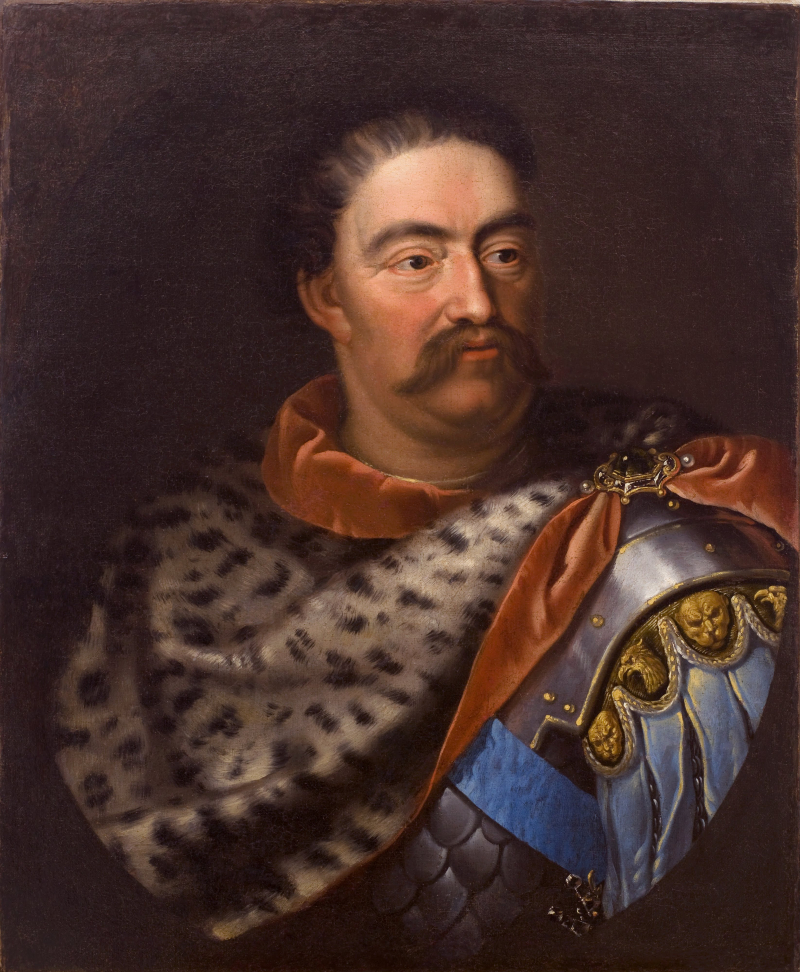
commons.wikimedia.org -
Marie Salomea Skodowska-Curie (7 November 1867 - 4 July 1934) was a Polish and naturalized-French physicist She was the first woman to receive a Nobel Prize, the first and only woman to receive the prize twice, and the only person to receive the prize in two scientific fields. Her husband, Pierre Curie, shared her first Nobel Prize, making them the first married couple to do so and launching the Curie family legacy of five Nobel Prizes. Among the most important historical figures in Poland, she was the first woman to be appointed as a professor at the University of Paris in 1906.
She was born in Warsaw, Poland, which was then part of the Russian Empire. She attended Warsaw's covert Flying University and began her practical scientific training there. In 1891, at the age of 24, she followed her elder sister Bronisawa to Paris to study, where she earned her higher degrees and continued her scientific work. In 1895, she married the French physicist Pierre Curie, with whom she shared the 1903 Nobel Prize in Physics for their pioneering work developing the theory of "radioactivity" - a term she coined. Pierre Curie died in a Paris street accident in 1906. Marie received the Nobel Prize in Chemistry in 1911 for discovering polonium and radium using techniques she invented for isolating radioactive isotopes.
The world's first studies into the treatment of neoplasms with radioactive isotopes were conducted under her direction. She established the Curie Institute in Paris in 1920 and the Curie Institute in Warsaw in 1932, both of which are still major centers of medical research today. She created mobile radiography units to provide X-ray services to field hospitals during World War I.
Marie Skodowska Curie, who used both surnames while a French citizen, never lost her sense of Polish identity. She taught her daughters Polish and took them to Poland. She named the first chemical element she discovered polonium after her native country.
Marie Curie died in 1934, at the age of 66, at the Sancellemoz sanatorium in Passy (Haute-Savoie), France, of aplastic anemia caused by radiation exposure during her scientific research and radiological work at field hospitals during World War I. In addition to her Nobel Prizes, she has received numerous other honors and tributes; in 1995, she became the first woman to be entombed on her own merits in Paris Panthéon. She has been the subject of numerous biographies, where she is also referred to as Madame Curie.
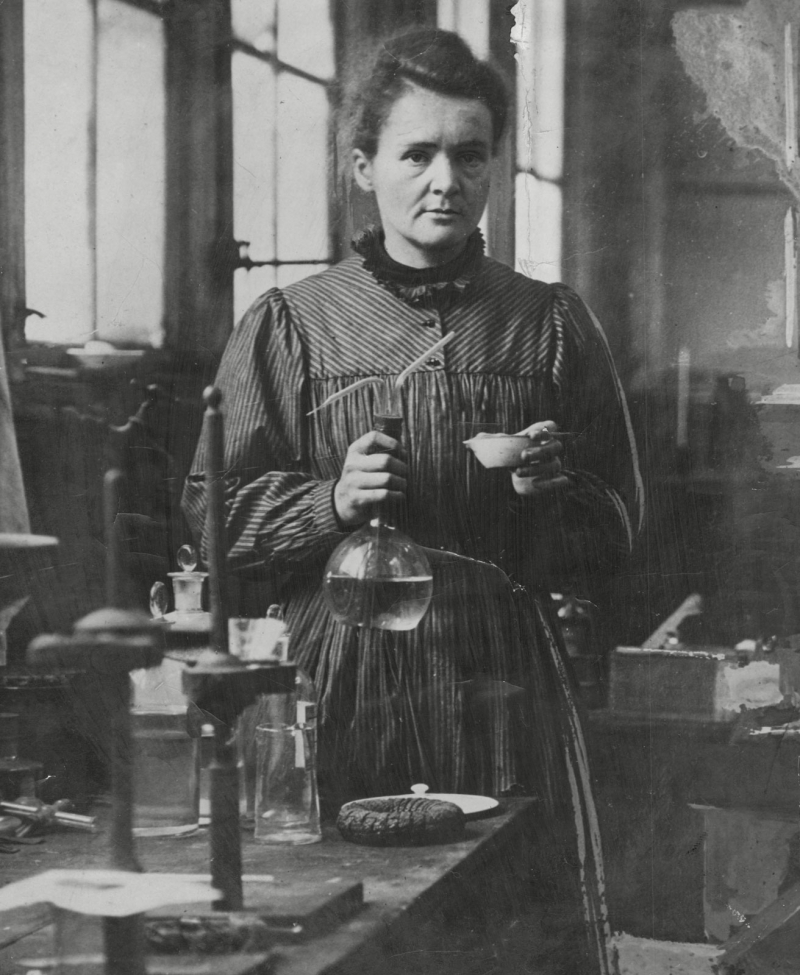
cellphones.com.vn 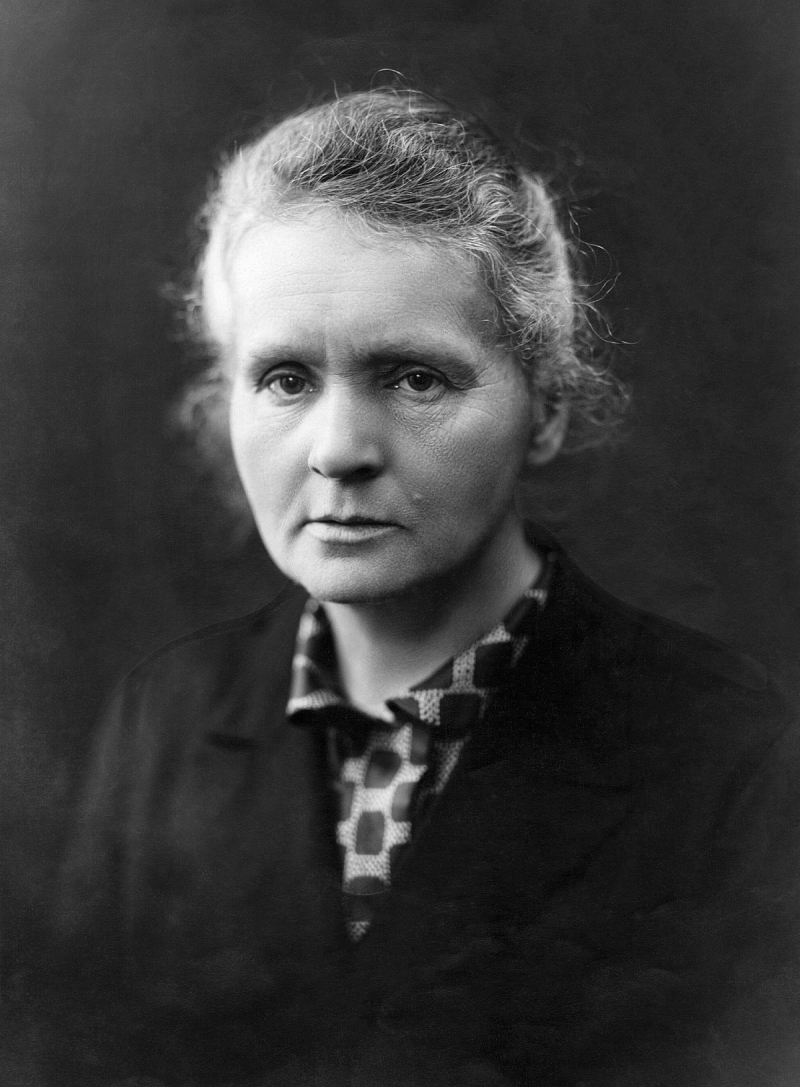
en.wikipedia.org -
Maria Wisława Anna Szymborska (2 July 1923 - 1 February 2012) was a Polish poet, essayist, and translator who received the Nobel Prize in Literature in 1996. Born in Prowent (now part of Kórnik), she lived in Kraków until her death. In Poland, Szymborska's books outsold those of prominent prose authors, despite the fact that she wrote in a poem, "Some Like Poetry" ("Niektórzy lubią poezję "), that "perhaps" two in a thousand people like poetry.
Szymborska received the Nobel Prize in Literature in 1996 "for poetry that, with ironic precision, allows the historical and biological context to come to light in fragments of human reality." As a result, she became more well-known internationally. Her work has been translated into numerous European languages, as well as Arabic, Hebrew, Japanese, Persian, and Chinese.
Szymborska died peacefully in her sleep of lung cancer at home in Kraków in 2012, aged 88. She was working on new poetry at the time of her death, but was unable to arrange her final poems for publication in the way she desired. Her final poem was published later that year, and the Wisława Szymborska Award was established in her honor in 2013.
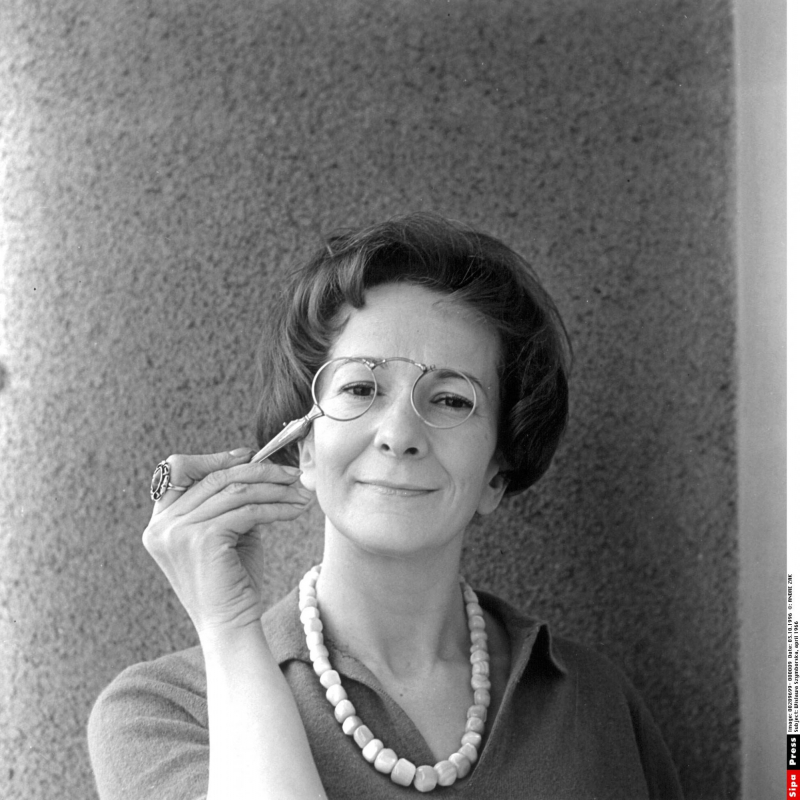
wiadomosci.onet.pl 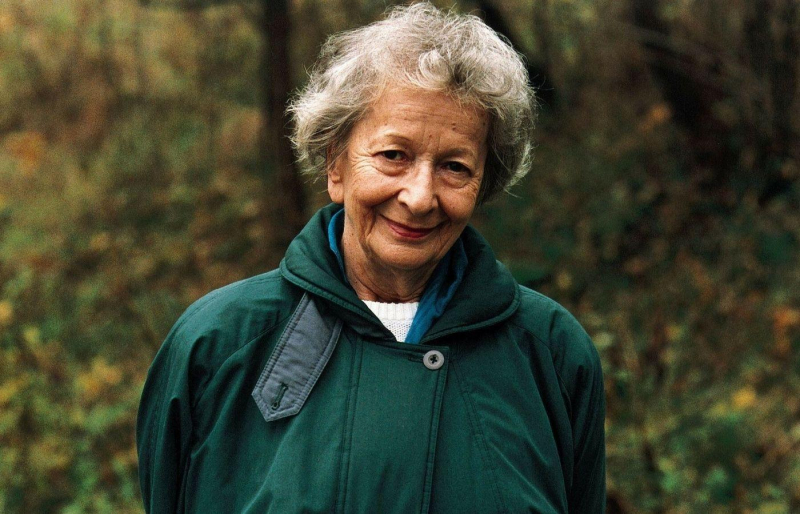
zwierciadlo.pl -
Irena Stanisawa Sendler, also known as Irena Sendlerowa in Poland, nom de guerre Jolanta (15 February 1910 - 12 May 2008), was a Polish humanitarian, social worker, and nurse who served in the Polish Underground Resistance in German-occupied Warsaw during World War II. She was the head of the children's section of Żegota, the Polish Council to Aid Jews (Polish: Rada Pomocy Żydom), beginning in October 1943.
Sendler worked as a social activist associated with the Free Polish University in the 1930s. She worked for the City of Warsaw's Department of Social Welfare and Public Health from 1935 to October 1943. During the war, she participated in conspiratorial activities such as rescuing Jews, primarily as part of a network of mostly female workers and volunteers from that department. Sendler and dozens of others were involved in smuggling Jewish children out of the Warsaw Ghetto, then providing them with false identity documents and shelter with willing Polish families or in orphanages and other care facilities, including Catholic nun convents, thereby saving those children from the Holocaust.
The German occupiers suspected Sendler of being involved in the Polish Underground, and she was arrested by the Gestapo in October 1943. However, she managed to conceal a list of the names and locations of the rescued Jewish children, preventing this information from falling into the hands of the Gestapo. Despite torture and imprisonment, Sendler never revealed anything about her work or the location of the children she rescued. She was sentenced to death but escaped on the day of her execution after Żegota bribed German officials to secure her release.
Sendler continued her social activism while also pursuing a government career in postwar communist Poland. The State of Israel recognized her as Righteous Among the Nations in 1965. Among the many decorations Sendler received were the Gold Cross of Merit awarded to her in 1946 for her efforts to save Jews and the Order of the White Eagle, Poland's highest honor, awarded late in Sendler's life for her wartime humanitarian efforts.
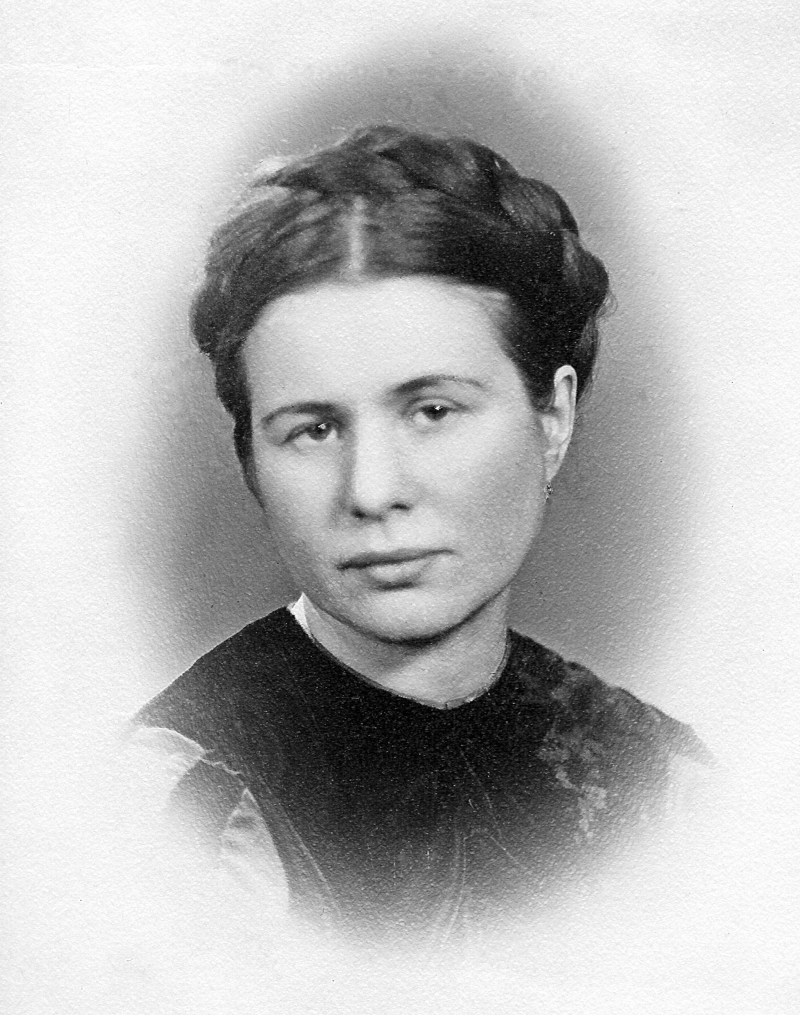
en.wikipedia.org 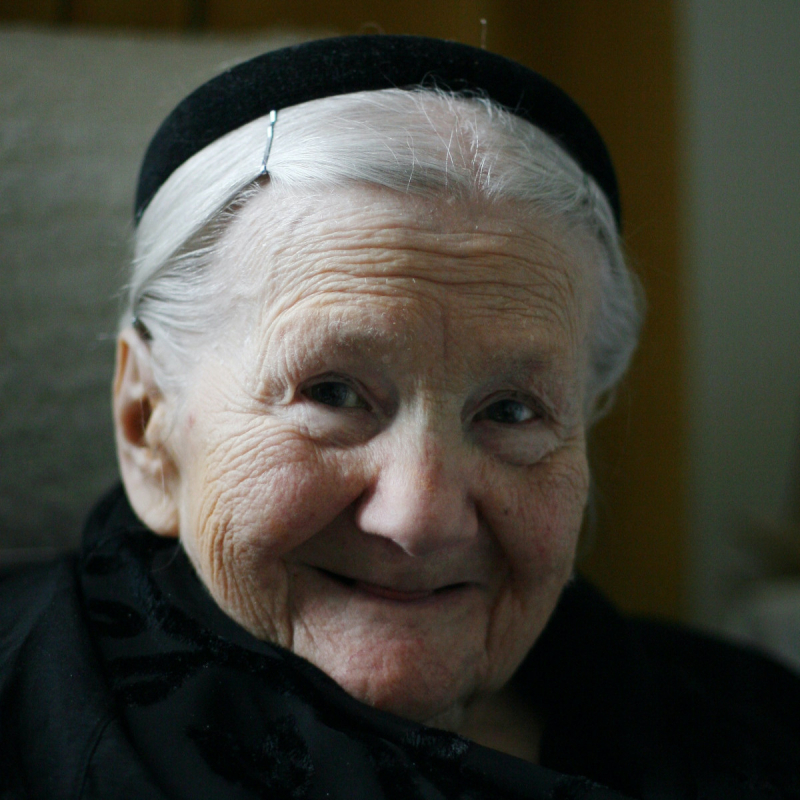
biography.com -
Maximilian Maria Kolbe OFMConv (1894-1941) was a Polish Catholic priest and Conventual Franciscan friar who volunteered to die in place of a man named Franciszek Gajowniczek in the German death camp of Auschwitz, located in German-occupied Poland during World War II. He was active in promoting the veneration of the Immaculate Virgin Mary, founding and supervising the monastery of Niepokalanów near Warsaw, running an amateur radio station (SP3RN), and founding or running a number of other organizations and publications. He is considered among the most important historical figures in Poland.
On 10 October 1982, Pope John Paul II canonized Kolbe and declared him a martyr of charity. The Catholic Church regards him as the patron saint of amateur radio operators, drug addicts, political prisoners, families, journalists, and prisoners. John Paul II referred to him as "the patron of our difficult century."
Kolbe is known as the Apostle of Consecration to Mary because of his efforts to promote consecration and entrustment to Mary.
Kolbe was declared venerable by Pope Paul VI on January 30, 1969, beatified as a Confessor of the Faith by the same Pope in 1971, and canonized as a saint by Pope John Paul II on October 10, 1982. Upon canonization, the Pope declared Maximilian Kolbe to be a confessor and a martyr of charity.
Maximilian Kolbe's feast day was added to the General Roman Calendar after his canonization. He is one of ten twentieth-century martyrs depicted in statues above the Great West Door of London's Anglican Westminster Abbey. On August 14, the Church of England commemorated Maximilian Kolbe with a service.
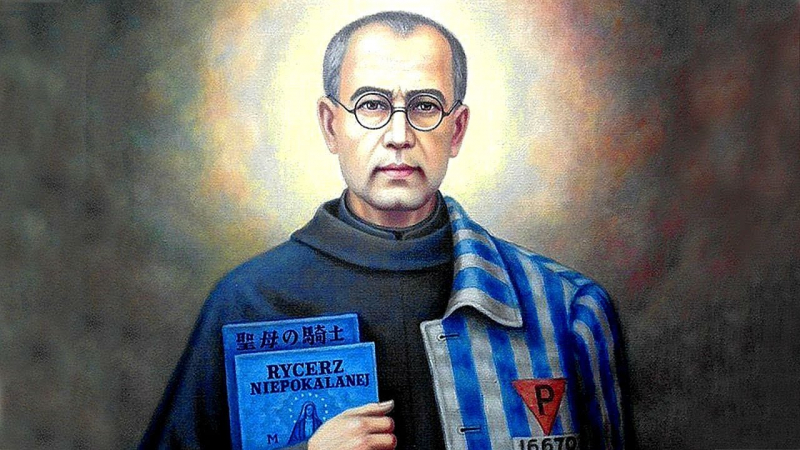
Photo: Catholic Online's Youtube Channel 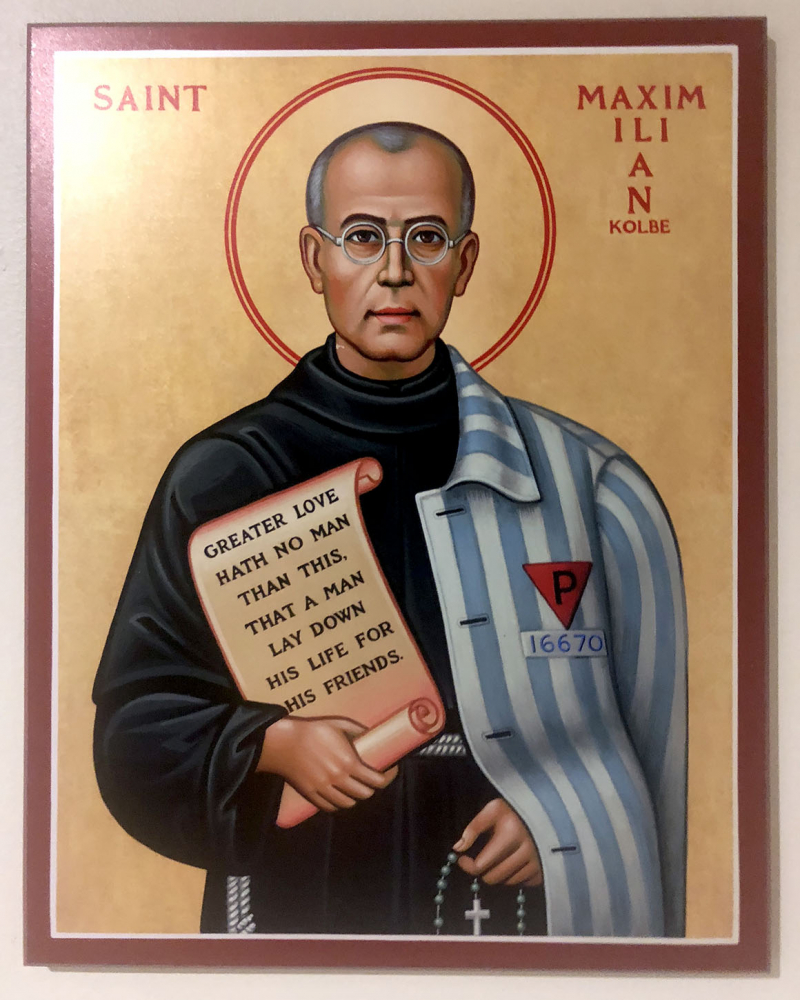
catholicsun.org












